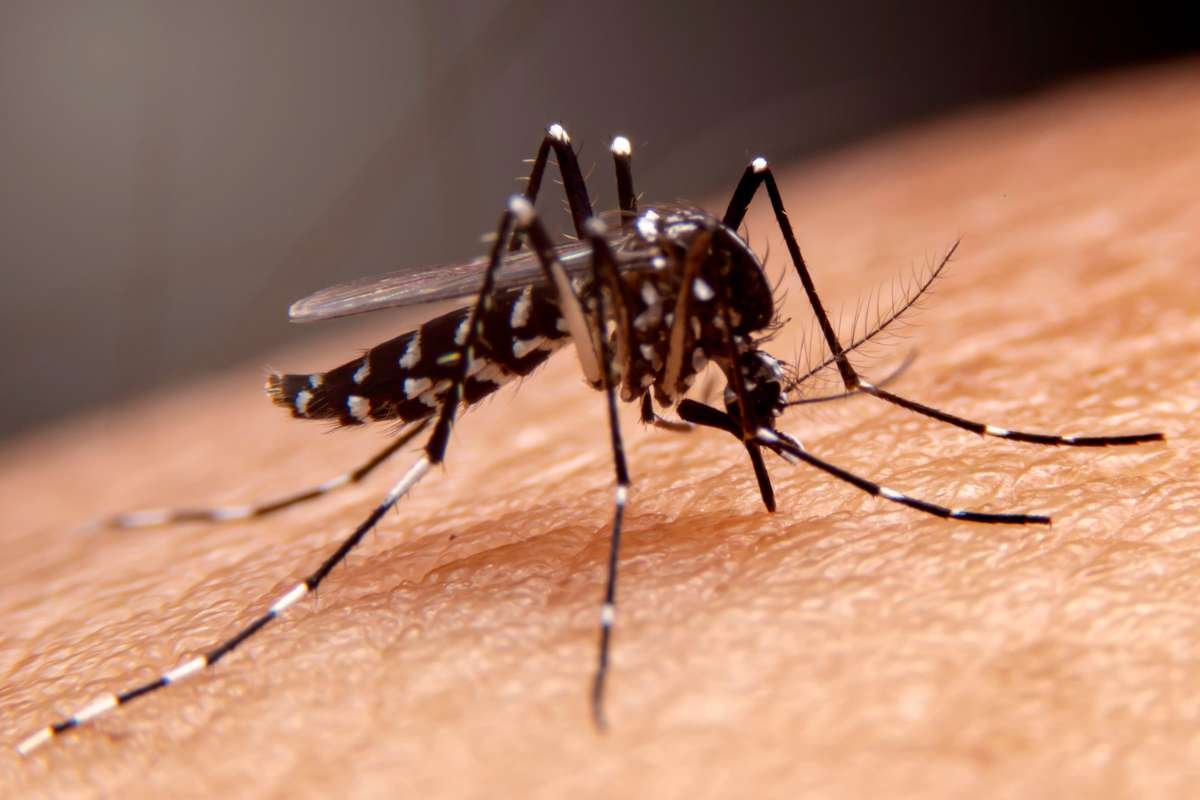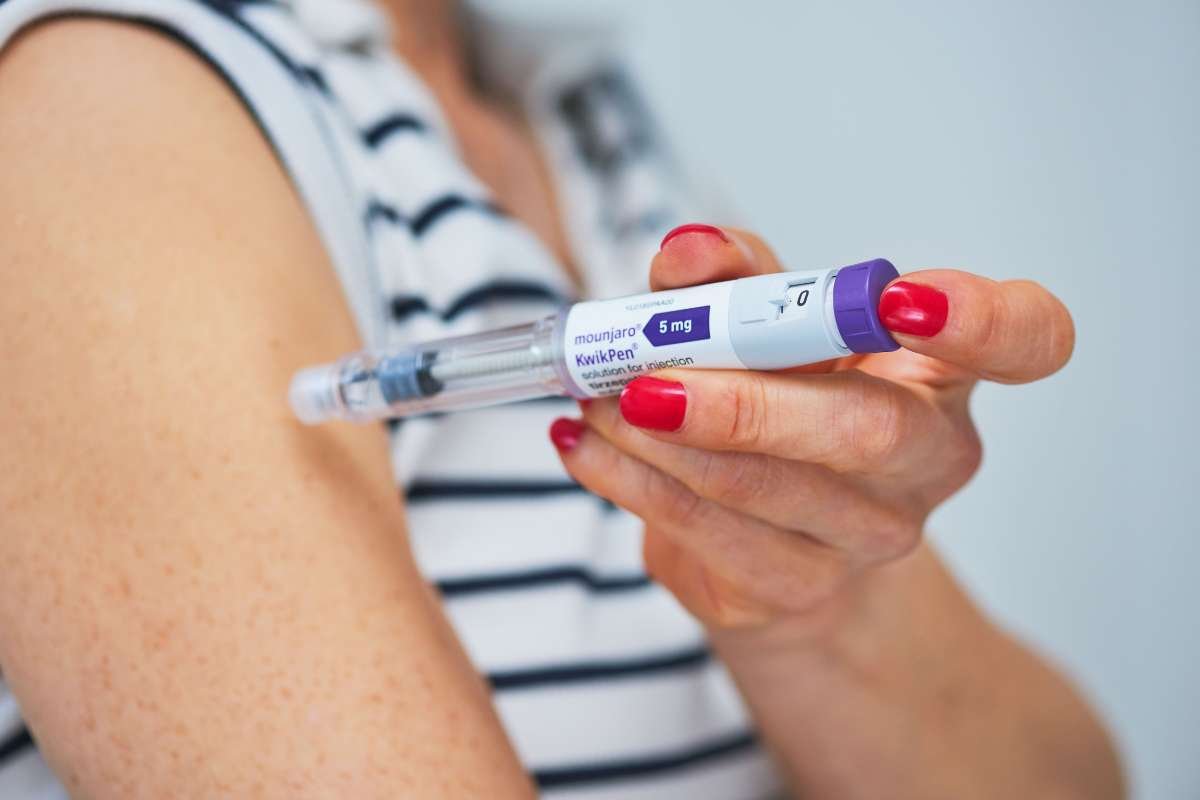Penicillin antibiotics are some of the most commonly prescribed medicines around the world. However, many people think they are allergic to penicillin when they are not. This misunderstanding can result in the use of antibiotics that are less effective or more costly, lead to a higher chance of drug-resistant infections, and cause longer hospital stays.
In this article, we will cover everything you need to know about penicillin allergy testing, why the testing is important, how it is done, and what you can expect during the process.
What Is Penicillin Allergy and Why Does Testing Matter?
A penicillin allergy is an abnormal immune response to penicillin antibiotics, which can lead to symptoms ranging from mild rashes to severe, life-threatening reactions. However, research shows that up to 90% of people who think they are allergic to penicillin are not truly allergic when formally tested. This misdiagnosis often stems from childhood reactions that were never re-evaluated or from side effects that were mistaken for allergies.
Why is penicillin allergy testing important?
- Ensures Safe and Effective Treatment: Confirming or ruling out a penicillin allergy allows healthcare providers to prescribe the most effective antibiotics, avoiding unnecessary alternatives that may be less effective or have more side effects.
- Reduces Healthcare Costs: Using first-line antibiotics like penicillin can reduce costs associated with more expensive alternative medications.
- Prevents Antibiotic Resistance: Avoiding unnecessary broad-spectrum antibiotics helps combat the growing problem of antibiotic resistance.
Who Should Consider Penicillin Allergy Testing?
It is recommended for:
- Individuals with a history of penicillin allergy, especially if the reaction occurred many years ago or was mild (such as a rash).
- Patients who require penicillin or related antibiotics for current or future medical care.
- People with a penicillin allergy label who have never had formal allergy testing.
How Is Penicillin Allergy Testing Performed?
It is a stepwise process performed under the supervision of a board-certified allergist. The process is safe, with serious reactions being extremely rare.
1. Skin Prick Test
- How it works: A small amount of penicillin is applied to the skin, usually on the forearm, using a tiny needle or lancet.
- What to expect: If you are allergic, a red, itchy, raised bump will develop at the test site within 15 minutes.
- Interpretation: A positive result suggests a high likelihood of penicillin allergy. A negative result usually means you are not allergic, but further testing may be needed.
2. Intradermal Test
- How it works: If the skin prick test is negative, a small amount of penicillin is injected just under the skin to form a small bleb.
- What to expect: The site is checked after 15 minutes for redness or swelling. A positive reaction indicates allergy.
- Safety: This test is also very safe, with systemic reactions being exceedingly rare (about 0.16% of cases).
3. Oral Challenge (Graded Dose Challenge)
- How it works: If both skin tests are negative, you will be given a small oral dose of penicillin (often amoxicillin) and monitored for 30 to 90 minutes.
- What to expect: If you tolerate the small dose, you will receive a full dose and be observed for any reaction.
- Interpretation: If no reaction occurs, you are not allergic to penicillin, and the allergy label can be safely removed from your medical record.
“We’ve removed hundreds of penicillin allergies just by giving somebody a dose of amoxicillin and watching them. If you tolerate the dose, you’re not at risk of anaphylactic shock.”
Also Read: The Impact of Untreated Allergies: Risks, Complications, and Why Early Intervention Matters
What Happens If You Test Positive?
If you have a positive reaction during the testing, your healthcare provider will discuss alternative antibiotics and strategies for future care. In rare cases of severe reactions (such as Stevens-Johnson syndrome or toxic epidermal necrolysis), testing is not recommended, and strict avoidance is necessary.
Is Penicillin Allergy Testing Safe?
It is considered safe when performed by trained professionals in a controlled environment. Severe reactions are extremely rare, and emergency medications are
always on hand in the unlikely event of a serious reaction.
Most patients experience only mild discomfort, such as temporary itching or redness at the test site. The most common side effect reported is boredom during the observation period.
How Long Does it Take?
The entire process typically takes between 1.5 to 2 hours, including observation periods. Your healthcare provider will determine if you need all three parts of the test or only select steps based on your medical history.
After Penicillin Allergy Testing: What’s Next?
- If you are not allergic: Your medical records will be updated to remove the penicillin allergy label, allowing you to safely receive penicillin and related antibiotics in the future.
- If you are allergic: Your healthcare provider will advise you on safe alternatives and provide an updated allergy action plan.
Also Read: AI in Allergy Management: Revolutionizing Diagnosis, Treatment, and Patient Care
Conclusion

Penicillin allergy testing is a safe, effective way to clarify your allergy status and ensure you receive the best possible care. With up to 90% of penicillin allergy labels found to be inaccurate, testing can open the door to more effective treatments, lower healthcare costs, and improved antibiotic stewardship.
If you or a loved one has a history of penicillin allergy, talk to your healthcare provider about penicillin allergy testing. Accurate diagnosis is the first step toward safer, more effective medical care.
Key Takeaways:
- Penicillin allergy testing involves skin tests and, if negative, an oral challenge.
- Most people labeled as allergic to penicillin are not truly allergic.
- Testing is safe, quick, and can significantly improve your healthcare options.
- Removing an incorrect penicillin allergy label benefits both patients and the healthcare system.
For more information about this testing, consult your healthcare provider or a board-certified allergist. Don’t let an outdated or incorrect allergy label limit your treatment options- get tested and gain peace of mind.
Frequently Asked Questions
1. Can children undergo penicillin allergy testing?
Yes, children can be safely tested, and it is especially important to clarify allergy status early to avoid unnecessary antibiotic restricti
2. What if I had a severe reaction to penicillin in the past?
If your reaction was severe (e.g., severe skin blistering, organ involvement), this testing may not be recommended. Your allergist will review your history to determine the safest approach.
3. Do I need to stop taking antihistamines before testing?
Yes, certain antihistamines and medications may interfere with test results. Your healthcare provider will give you specific instructions on which medications to avoid and for how long before testing.
4. How accurate is penicillin allergy testing?
When performed by experienced professionals using validated protocols, it is highly accurate and reliable.






